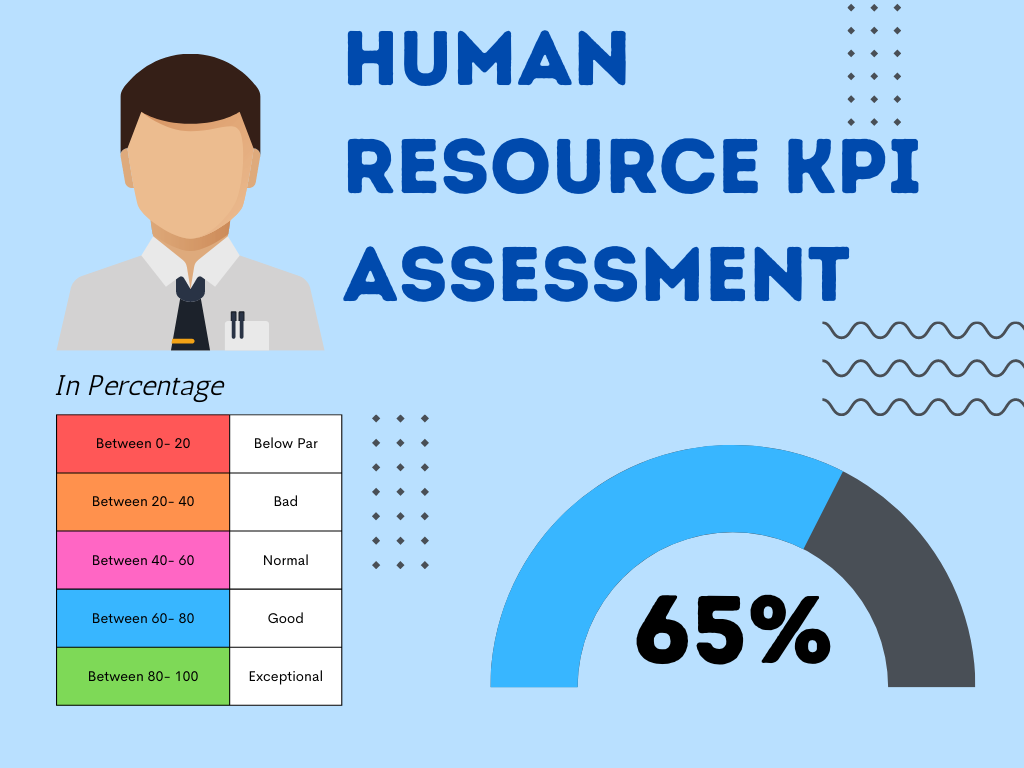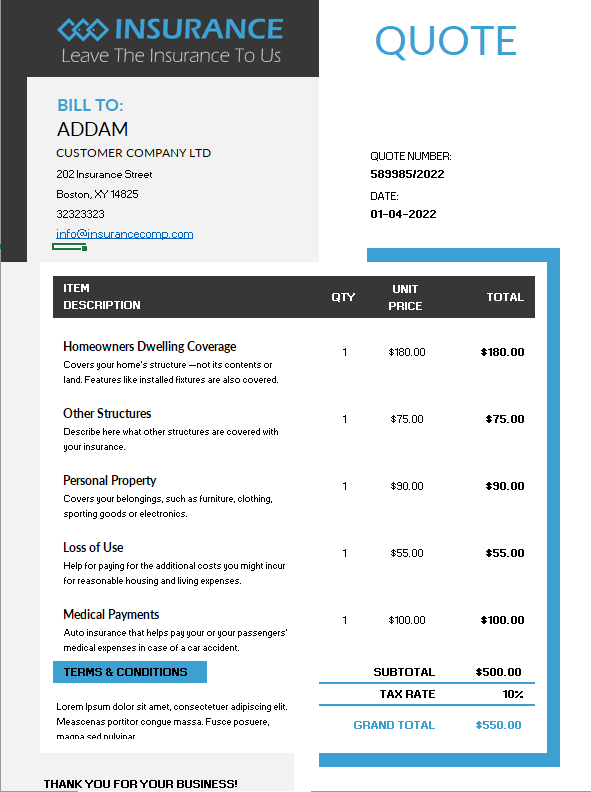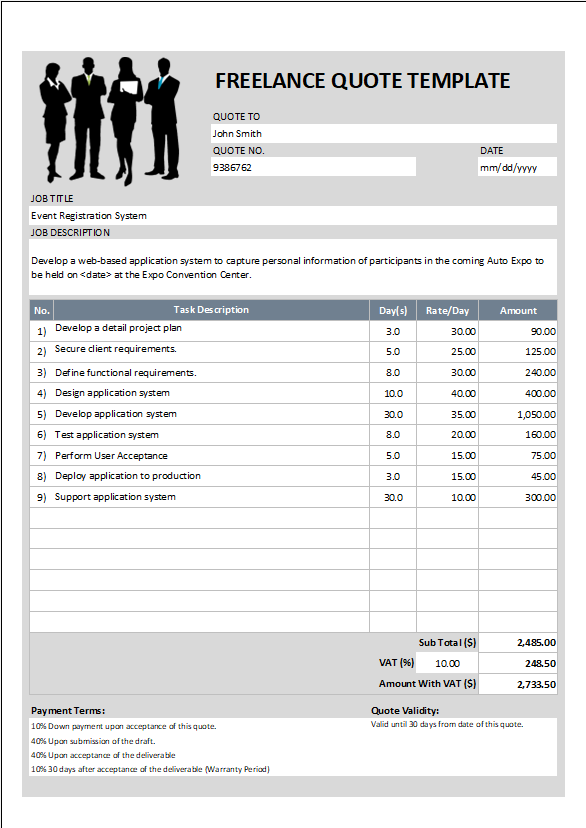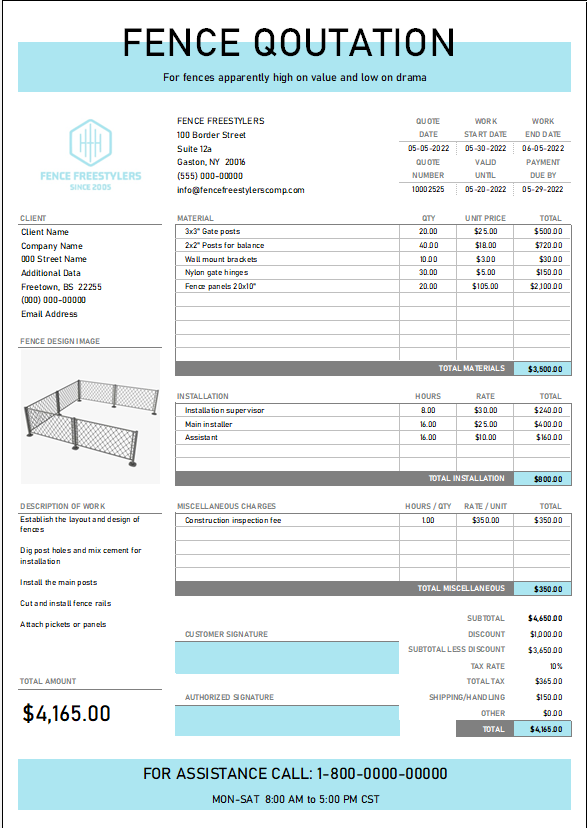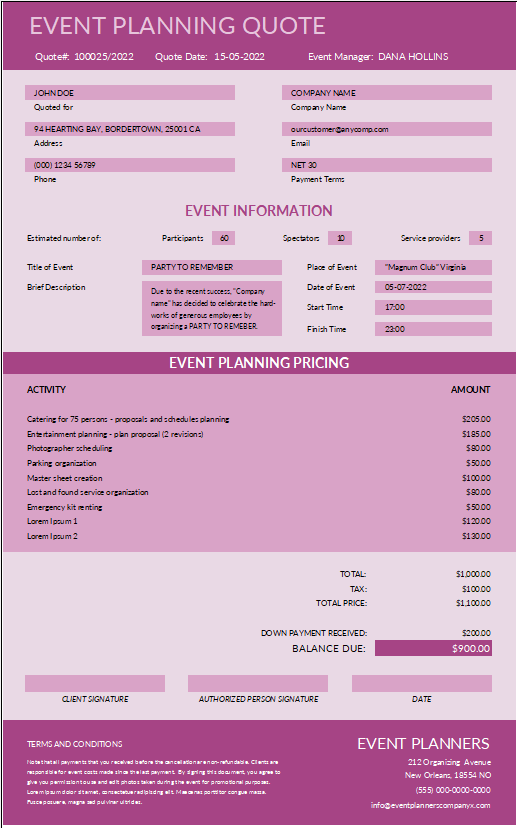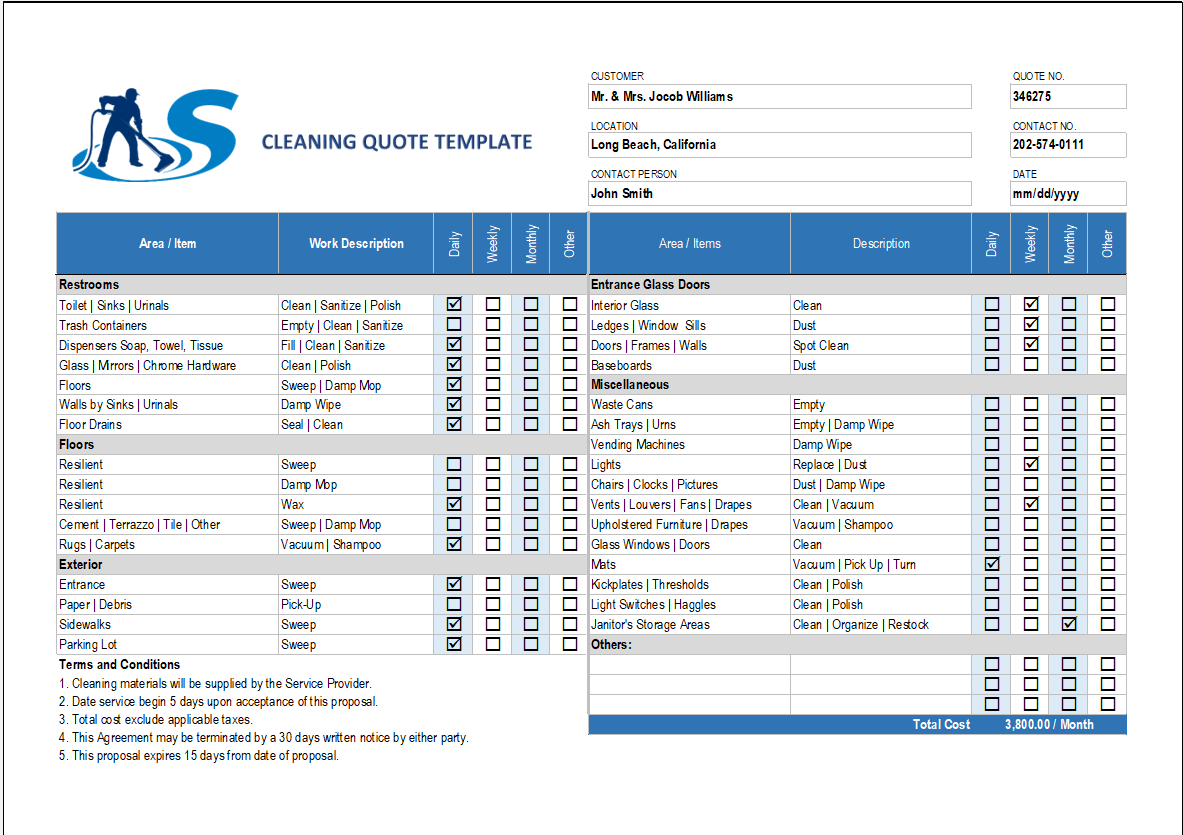Download Human Resource Key Performance Indicators (KPIs) Template In Excel
Are you looking for a comprehensive and easy-to-use Human Resource Key Performance Indicator (KPI) Excel template? We’ve got you covered! Download our free, customizable template designed to help you track and analyze crucial HR KPIs effectively. With this template, you can effortlessly monitor employee turnover rates, time-to-fill, cost-per-hire, employee engagement, and more. Don’t wait any longer – enhance your HR performance and make data-driven decisions today.
In today’s fast-paced and ever-evolving business landscape, it’s crucial for organizations to continually assess and optimize their performance. Human Resource (HR) departments play a critical role in ensuring the success of a company, as they are responsible for managing its most valuable asset: its workforce. One way HR departments can measure their effectiveness and efficiency is through the use of Key Performance Indicators (KPIs). In this blog post, we will discuss the importance of HR KPIs and explore some of the most impactful ones that can help organizations achieve their goals.
Why HR KPIs Matter?
Human Resource KPIs serve as quantifiable measurements that help evaluate the performance of HR functions, initiatives, and strategies. By setting specific, measurable, and achievable KPIs, organizations can:
- Monitor and improve HR processes
- Align HR strategies with organizational goals
- Ensure legal compliance
- Enhance employee satisfaction and engagement
- Reduce costs and optimize resources
Five Essential HR KPIs to Measure
-
Employee Turnover Rate
Employee turnover rate is the percentage of employees who leave the organization within a specific time frame. A high turnover rate can negatively impact an organization’s productivity, employee morale, and financial performance. By monitoring this KPI, HR can identify areas of improvement and implement strategies to increase employee retention.
Formula: (Number of employees who left during the period / Average number of employees) x 100
-
Time-to-Fill
Time-to-fill is the average number of days it takes to fill a vacant position. A shorter time-to-fill indicates efficient recruitment processes and minimizes the negative impact of vacant positions on the organization. HR should strive to reduce this KPI by optimizing job postings, improving candidate sourcing, and streamlining the hiring process.
Formula: Total number of days to fill all positions / Total number of positions filled
-
Cost-per-Hire
Cost-per-hire is the total cost incurred to recruit and onboard a new employee. This KPI is essential to ensure that HR maintains a balance between hiring quality candidates and managing recruitment costs. By monitoring cost-per-hire, HR can identify areas for cost reduction and make data-driven decisions when allocating recruitment resources.
Formula: Total recruitment costs / Total number of hires
-
Employee Engagement
Employee engagement measures the emotional commitment and involvement of employees in their work and the organization. Highly engaged employees tend to be more productive, motivated, and less likely to leave the company. HR can use employee engagement surveys, pulse surveys, or eNPS (Employee Net Promoter Score) to measure this KPI and identify areas for improvement.
-
Training Effectiveness
Training effectiveness measures the impact of learning and development programs on employee performance. By tracking this KPI, HR can assess the ROI of training initiatives and make adjustments to maximize the effectiveness of these programs. Metrics to evaluate training effectiveness may include knowledge retention, skill development, and employee feedback.
-
Employee Retention Rate
Employee retention rate measures the ability of an organization to keep its employees over a specified period. A high retention rate is indicative of satisfied and engaged employees, as well as effective HR strategies. This KPI can help HR identify areas of improvement in employee satisfaction, engagement, and overall workplace culture.
Formula: (Number of employees retained at the end of the period / Number of employees at the beginning of the period) x 100
-
Quality of Hire
Quality of hire is a metric that evaluates the overall value and performance of new hires within an organization. This KPI can help HR assess the effectiveness of their recruitment processes and the alignment between the candidates’ skills and the organization’s needs. Metrics to evaluate quality of hire may include performance reviews, 360-degree feedback, and time-to-productivity.
Formula: Varies depending on the method used
-
Succession Planning Rate
Succession planning rate measures the organization’s preparedness for leadership transitions by assessing the percentage of critical roles with identified and developed successors. A higher succession planning rate indicates a more resilient organization with reduced risks associated with key personnel changes. By monitoring this KPI, HR can identify gaps in their succession plans and implement strategies to develop a strong leadership pipeline.
Formula: (Number of critical roles with identified successors / Total number of critical roles) x 100
-
Diversity and Inclusion Index
The diversity and inclusion index is a measure of the demographic diversity within an organization, taking into account factors such as age, gender, race, ethnicity, and disability status. A higher index indicates a more diverse and inclusive workforce, which can lead to better decision-making, increased innovation, and improved performance. HR can use this KPI to assess the effectiveness of diversity and inclusion initiatives and identify areas for improvement.
Formula: Varies depending on the method used
-
Internal Promotion Rate
Internal promotion rate is the percentage of job vacancies filled by promoting existing employees within the organization. A higher internal promotion rate can lead to increased employee engagement, better retention, and reduced recruitment costs. By monitoring this KPI, HR can evaluate the effectiveness of talent development programs and identify opportunities to improve employee career growth.
Formula: (Number of internal promotions / Total number of job vacancies) x 100
Conclusion
Human Resource Key Performance Indicators are essential tools that help organizations optimize their HR functions and align them with overall business goals. By focusing on critical HR KPIs like employee turnover rate, time-to-fill, cost-per-hire, employee engagement, and training effectiveness, organizations can improve their workforce management and drive better performance across the board.

